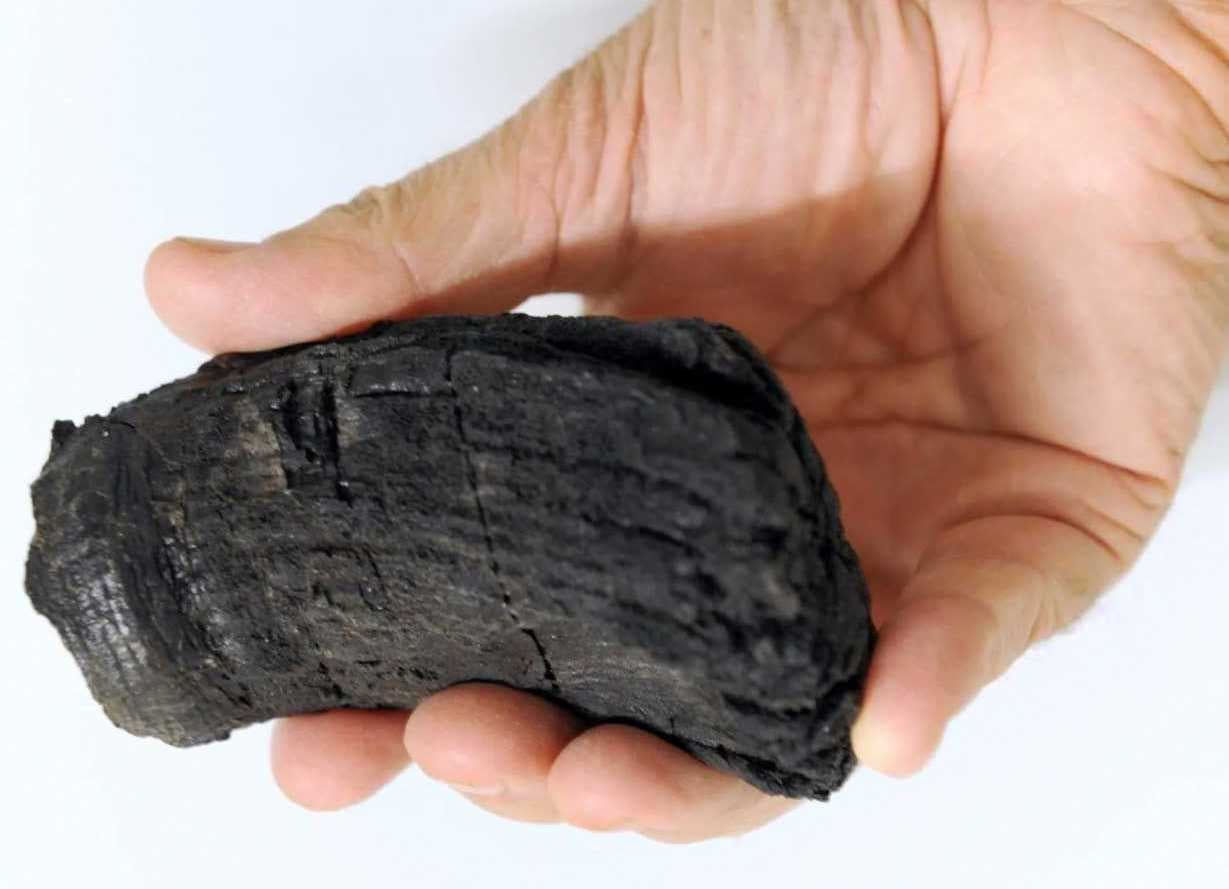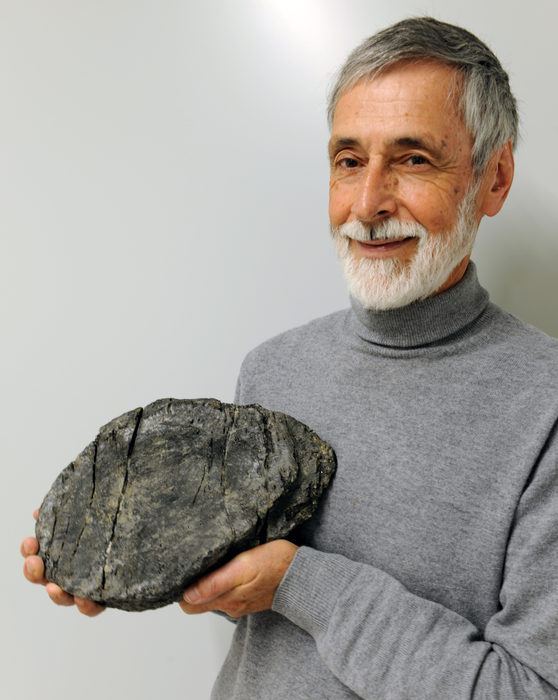Scientists find fossil tooth that may have belonged to largest ever carnivorous sea monster
Width of the tooth root is twice as large as any aquatic reptile known, say scientists

Scientists have discovered sets of fossils, including tooth and vertebra remains, of three new extinct marine reptile species that may have been among the largest carnivorous animals to have ever lived.
The discovery of the fossils, unearthed in the Swiss Alps between 1976 and 1990 and documented in the journal Journal of Vertebrate Paleontology, includes the largest ichthyosaur tooth ever found.
Ichthyosaurs, whose name translates to “fish lizards” are large extinct marine reptiles that lived during much of the Mesozoic era, first appearing in fossil records about 250 million years ago (Ma) – following the late Permian mass extinction event in which 95 per cent of marine species died out.
With a shape similar to contemporary whales, ichthyosaurs had elongated bodies and erect tail fins, and previous studies suggest species of these marine reptiles likely survived until about 90 Ma.
Scientists, including those from Universität Bonn, Nussallee in Germany, say these monstorous 80-ton reptiles patrolled Panthalassa, the world’s ocean surrounding the supercontinent Pangea during the Late Triassic, about 205 million years ago.
While fossils of these giant reptiles have been found in South America, Asia, and Australia, giant ichthyosaur species have mostly been unearthed in North America, with scanty finds from the Himalaya and New Caledonia.
So scientists say the discovery of further behemoths in Switzerland represents an expansion of their known range.
The width of the tooth root is twice as large as any aquatic reptile known, the study noted.
With the previous largest fossil tooth belonging to a 15-metre-long ichthyosaur, the owner of the newly described tooth may have been one of the largest animals to have ever lived on land or sea.
The fossil tooth, likely from a monstorous ichthyosaur that lived between 210 and 200 million years, is also only the second instance paleontologists have found teeth from one of the giant marine reptiles.
While smaller ichthyosaurs typically had teeth, they say most of the known gigantic species may have been toothless, likely feeding by suction.
“The bulk feeders among the giants must have fed on cephalopods. The ones with teeth likely feed on smaller ichthyosaurs and large fish,” study lead author P Martin Sander from the University of Bonn said in a statement.
But since the tooth described in the paper was broken off at the crown, they are unsure if the ancient marine reptile was a true monstrous reptile or one of many similar-sized sea monsters that ruled the seas of the time.
Due to this, scientists could not confidently assign the fossil species to a particular taxon, although they could identify it as belonging to an ichthyosaur.

Researchers also found the largest trunk vertebra in Europe representing another ichthyosaur that rivals the largest marine reptile fossil known today – the 21-metre-long Shastasaurus sikkanniensis from British Columbia, Canada.
Over 200 million years ago, the rock layers where the fossils were found were still covered the seafloor but with the folding of the Alps, scientists say they had ended up at an altitude of 2,800m (9,200ft).
In the study, scientists compared the fossil remains to those of other giant ichthyosaur fossils with more complete skeletons and estimated the size and species of the new specimens.
Based on the unique pattern of the fossil dentin – hard tissue making up the teeth – they say the tooth belonged to an ichthyosaur.
However, researchers say the fossil’s giant size doesn’t resemble that of any known species, and the new specimens likely represent the last of the leviathans.
If more fossil evidence unravels clues that the creature’s body was larger than any previously known ichthyosaur, researchers could likely be looking at one of the largest animals to have ever lived on the planet.
“Maybe there are more remains of the giant sea creatures hidden beneath the glaciers,” Dr Sander said.
“There were only three animal groups that had masses greater than 10–20 metric tonnes: long-necked dinosaurs (sauropods); whales; and the giant ichthyosaurs of the Triassic,” he added.






Join our commenting forum
Join thought-provoking conversations, follow other Independent readers and see their replies
0Comments